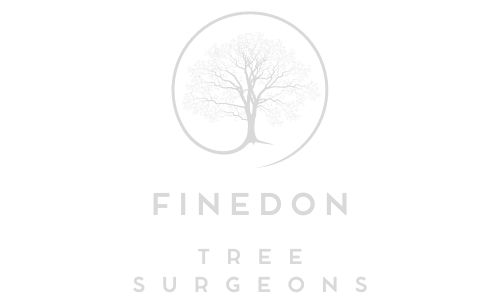Stump Grinding: Tips for Assessing the Health of a Stump Before Grinding
Introduction: Before embarking on a stump grinding project, it’s essential to assess the health of the stump to ensure safe and efficient removal. Assessing the condition of the stump can help tree surgeons determine the best approach for grinding and anticipate any challenges that may arise during the process. In this blog post, we’ll share valuable tips for assessing the health of a stump before grinding and ensuring successful stump removal.
Check for Signs of Decay:
- Inspect the exterior of the stump for visible signs of decay, such as soft or spongy wood, fungal growth, or insect infestation. Decay weakens the structural integrity of the stump and may indicate that it is nearing the end of its natural lifespan. Stumps that show significant signs of decay may be more challenging to grind and require extra caution to avoid accidents or equipment damage.
Assess Root System Integrity:
- Evaluate the integrity of the stump’s root system by examining the surrounding area for signs of root decay or damage. Look for exposed roots, root rot, or signs of root disturbance that may affect the stability of the stump during grinding. Stumps with compromised root systems may be prone to shifting or tipping during the grinding process, posing safety risks to operators and equipment.
Measure Stump Hardness:
- Assess the hardness of the stump to determine the type of grinding equipment and techniques needed for removal. Use a hand tool or probing device to test the hardness of the wood and determine its density. Hardwood stumps like oak or maple may require more powerful grinding equipment and specialised grinding attachments to grind through dense wood fibres effectively. Softwood stumps, on the other hand, may be easier to grind and require less aggressive techniques.
Evaluate Surrounding Landscape:
- Consider the surrounding landscape and any potential obstacles impacting the grinding process, such as rocks, debris, or nearby structures. Assess the accessibility of the stump and ensure that the grinding equipment can manoeuvre safely around the area without causing damage to property or landscaping features. Clear any obstructions and create a safe working environment before grinding.
Consult with a Professional:
- When in doubt, consult with a professional tree surgeon or arborist to assess the health of the stump and determine the best course of action for removal. Experienced professionals can provide valuable insights and recommendations based on their expertise and knowledge of tree health and stump removal techniques. They can also identify any underlying issues affecting the grinding process and offer guidance on addressing them effectively.
Conclusion: Assessing the health of a stump before grinding is essential for ensuring safe and successful stump removal. By checking for signs of decay, evaluating root system integrity, measuring stump hardness, assessing the surrounding landscape, and consulting with a professional, tree surgeons can make informed decisions and implement the most appropriate grinding techniques for each stump removal project. Taking the time to assess the health of the stump beforehand helps mitigate risks and ensures efficient and effective stump removal results.
Call us on: 01933 426 193
Click here to find out more about Finedon Tree Surgeons
Click here to complete our contact form and see how we can help with your tree’s needs.

